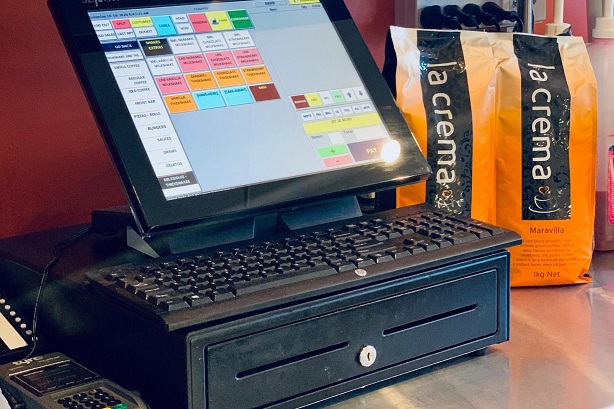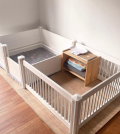The Whats and Hows of POS Hardware
The phrase “POS (points of sale) hardware” can be used to refer to a wide range of components needed to handle consumer payments. In order to display each specific transaction, this might refer to anything from a credit card reader to a barcode scanner or even an iPad.
Understanding each piece of POS hardware is essential so you can choose which ones you find most essential to handle consumer payments. You don’t want to spend too much money on non-essentials which is part of the philosophy behind every successful business.
6 Top Pieces of POS Hardware

If yours is like the majority of organizations, then there are a few point of sale equipment items that you’ll want to seriously think about because they might be seen as essential to handling any in-person consumer payment. Still, the quantity of hardware you could require from these options to handle consumer payments quickly will largely depend on the industry you work in. For instance, the standards for a restaurant will be different from those of a grocery store and from those of a retail company.
1.Computer Station
Usually, a computer or tablet that can run POS software serves as your POS station. All transactions will be processed there, and the customer will connect with you to confirm payment. These systems typically have touchscreens and provide your customers with a more contemporary look than more conventional models. It can be more affordable to use all-in-one stations, which are quite popular with restaurants.
2.Point of Sale Terminal
Similar to a station, a POS terminal is a computerised point of sale equipment device on which the POS software is installed. All-in-one devices are often referred to as POS terminals when discussing them. Employees use this system on a daily basis to view the specifics of a transaction and decide whether to process payments or add or delete items before payment.
3.Credit Card Reader
Without a mechanism to read and process noncash payments, it is impossible to collect them. Due to the fact that many consumers want to pay in person with a digital credit or debit card, a card reader is essential. You must ensure that your card reader is within the law and that any card payment data it collects is encrypted and secured before accepting card payments.
4. Barcode Scanner
Products can be entered through your POS software using a barcode scanner to determine how much the buyer must pay. Without one, you would have to manually enter each item into the software when processing payments. Businesses with a lot of inventory, such as grocery or hardware stores, frequently use these scanners.
5. Cash Drawer
A cash drawer is exactly what it sounds like—a real drawer where your cash register is kept. If a customer chooses to pay with cash or chooses to get cash back as part of their transaction, the POS software usually has the means to open the cash drawer. Businesses with low cash flow, such as clothes retailers, are no longer required to keep a cash drawer on hand if they don’t want to.
6. Receipt Printers
The customer can get a physical copy of the transactional information thanks to a receipt printer. These are normally found in most retail establishments, while many companies now offer digital receipts in an effort to cut costs. Customers still want receipts, especially those who might later need to return an item.
Additional Hardware to Consider

There are more items that can be added to your complete point of sale equipment lineup even if the list above includes all of the most prominent POS hardware options that most companies need to consider.
Customer Displays
Many businesses want the customer to see the entire transaction while it is taking place. These displays are typically found in grocery shops, allowing customers to see how each item is priced and how it is rung up. Customer displays are common in establishments that handle a lot of items in every transaction.
Online Menu
Restaurants use digital menus to let consumers see what dishes are available for ordering. Customers will appreciate this feature since it makes the restaurant appear aesthetically pleasing, and it also offers restaurants a convenient way to update the menu items each day or when some are no longer available.
Food Printers
An appliance called a “kitchen printer” is used in the kitchen of a restaurant to print orders so that the kitchen staff may process them. When the order is entered into the POS software, these are printed instantly.
Kitchen Displays
A screen that shows orders in a restaurant’s kitchen is called a kitchen display. The POS software automatically adds the ordered products to the screen for the kitchen staff in a manner similar to that of a kitchen printer. However, displays are utilized to minimize costs and secure customer satisfaction and lower the possibility that a printed order will be misplaced in the orderly chaos of a busy kitchen.
Scales
To determine an object’s weight, businesses use a scale. Scales are most frequently used to weigh products like fruit that have a fixed price based on their weight. The majority of firms do not require scales as part of their POS hardware configuration.






